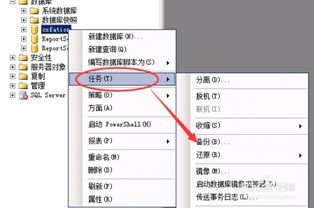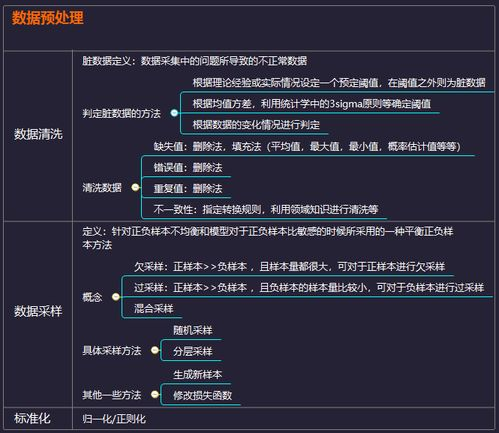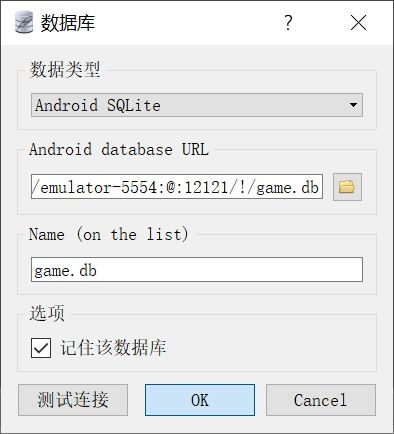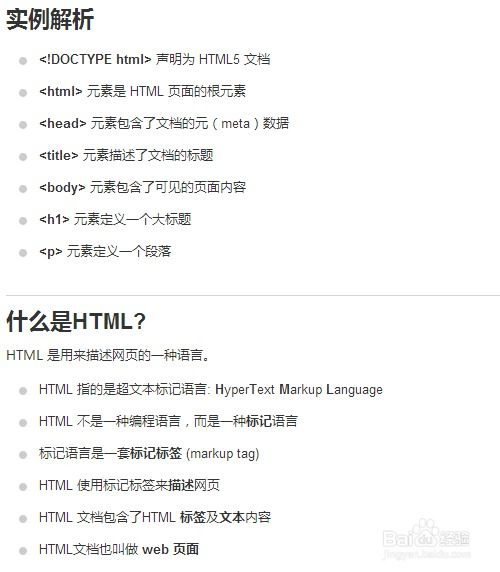ASP.NET Dynamic Subdomains, Configuring and Implementing in Your Projects
Understanding Dynamic Subdomains
Dynamic subdomains are a powerful feature allowing you to create unique subdomains for your application dynamically. For instance, a project can use `user.site.com` for different users where "user" is the dynamic part of the subdomain. This method is particularly useful for applications requiring tenant-specific data, allowing personalized experiences without deploying separate applications for each tenant.
The ever-evolving internet landscape demands flexibility in application routing and architecture, and dynamic subdomains offer just that. By employing them, developers can create scalable, multi-tenant applications that maintain a clean and user-friendly domain architecture. This capability is essential for SaaS applications and various other web-based solutions.
Setting Up Dynamic Subdomains in ASP.NET
To implement dynamic subdomains in an ASP.NET application, you will need to configure your DNS records to host a wildcard subdomain strategy. This means that requests to any subdomain of your domain will be routed to your web application. To achieve this, you typically set an A record or a CNAME record with a wildcard () in your DNS settings, ensuring that any non-existing subdomain points to your application.
After DNS configuration, the next step is code implementation. In your ASP.NET application, you can intercept incoming requests and parse the subdomain from the HTTP request. This can be done using middleware in ASP.NET Core or through the route configuration in ASP.NET MVC. It’s important to design your application logic to handle different subdomains correctly to ensure each tenant gets the appropriate data.
Routing and Handling Subdomain Requests
When handling dynamic subdomains, routing becomes crucial for directing users to the correct resource based on their subdomain. You can use custom middleware or route constraints to accomplish this in ASP.NET. Middleware can capture the request and extract the subdomain. From this subdomain, you can then fetch data specific to that user or tenant and dynamically alter the view or data being served.
If you utilize ASP.NET Core, custom routing can be implemented by creating route constraints. For example, you can create a constraint that matches the subdomain in the URL. Here’s a simplified way to go about it:
- Set up a route that includes a subdomain wildcard, e.g., `http://{subdomain}.yourdomain.com`.
- In the middleware, capture the subdomain and inject it into the request context for access throughout your application.
- Customize controllers or views based on the tenant associated with the subdomain.






